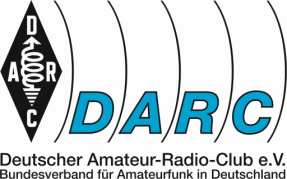Evaluation
- Basic information on the evaluation of ENAMS spectra
The evaluations are to be carried out for several target groups. Accordingly, the data is prepared and presented in such a way that the statements that are to be derived for the target groups can be stored with the corresponding data.
1. statements per target group:
- Radio amateurs
- Interference levels in the amateur radio bands depending on the time of day and season, geographically: interference hotspots
- Authorities, e.g. BNetzA
Presentation as for radio amateurs, but more detailed and over the full frequency range, interference field strength in dBm/m and dBμV/m in standard bandwidths or as noise figure of a monopole. Detection of interference with frequency, time or duration or frequency, strength - Research institutes (like 2.)
- Radio services in the HF range (as 2.)
- Politicians
Clear presentation with reference to applicable limit values, enables recognition of need for action.
2. types of evaluation of ENAMS spectra
There are basically two types of evaluation and presentation:
- the raw data as frequency spectra
- the interference background
The raw data - frequency spectra - are displayed, if necessary converted to different receiver bandwidths. . To determine the interference background, the measured spectrum is divided into individual frequency ranges. Michael Hartje - DK5HH - has investigated two methods:
- one takes the minimum amplitude of all 300 Hz elements in the section
- a threshold is defined from the sum frequency (e.g. 20% here)
Both methods are used.
